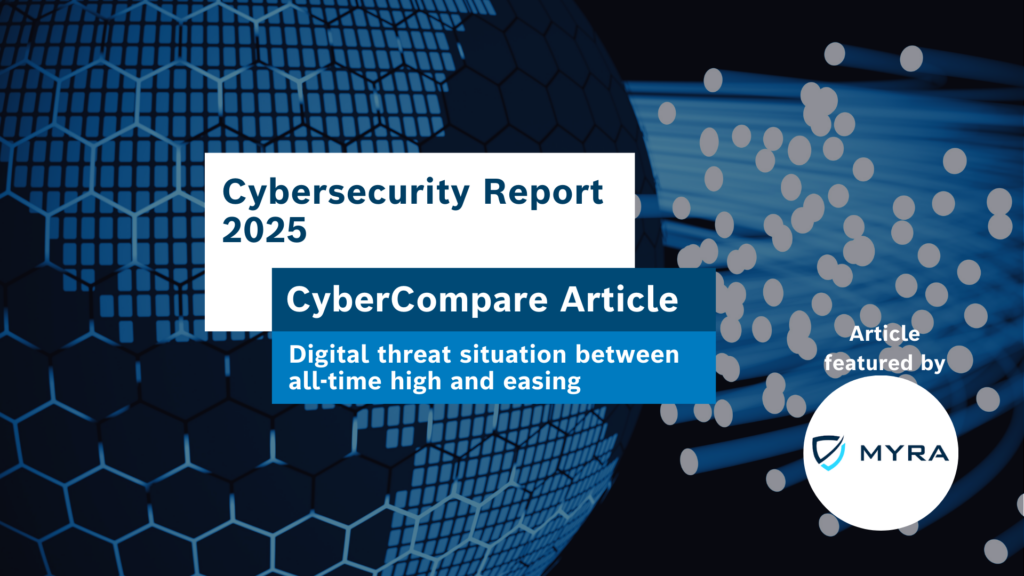- Despite a sharp decline in the second half of the year, the number of malicious requests will increase by 25 percent in 2024.
- Bots and hacktivism: Influencing elections and the population is increasing.
- Public sector remains a cyberhotspot: More than half of the overload attacks (55.8 percent) are successful.
The threat situation on the Internet continues to worsen overall, despite isolated positive signals. This is shown by the new report by the German cybersecurity provider Myra Security, which examines the most important cybersecurity challenges for companies and organizations.
Over the entire year 2024, the volume of malicious requests increased by 25 percent. Data from Myra’s Security Operations Center (SOC) shows a significant increase in malicious traffic flows of 53 percent in the first half of the year compared to the previous year. July 2024 marks the most mitigation-intensive month since the beginning of the evaluation. After this peak, attacks declined over the course of the month. In October, the number of blocked requests was below the previous year’s figure for the first time. This positive development can be attributed in part to successful operations by international investigative authorities, which shut down several central cybercrime-as-a-service platforms.
Public sector remains a cyberhotspot
DDoS attacks are the means of choice to provoke cyber incidents in a high-profile manner. In Europe, the public sector is by far the most affected by overload attacks, with a third of all reported attacks targeting government websites and services. Behind 40 percent of DDoS attacks is presumably a political motivation or activist agenda, for example in connection with the war in Ukraine. But despite the alarming figures, many organizations are apparently still not sufficiently secured. According to the European Union Agency for Cybersecurity (Enisa), more than half (56.8 percent) of DDoS attacks result in a complete failure of the target.
Digital attacks on democratic elections are on the rise
In September 2024, a significant accumulation of DDoS attacks on Austrian organizations in connection with the National Council elections was observed over a longer period of time. In the case of a central state authority, Myra’s systems fended off attacks lasting up to 24 hours. At the end of November 2024, the German Federal Office for the Protection of the Constitution warned of the risks posed by the influence of other states on the upcoming federal election. In December, Romania already saw how cyberattacks jeopardize democratic elections. Investigations by the Romanian secret service revealed that the country’s electoral infrastructure was the target of more than 85,000 cyberattacks in the context of the presidential elections , accompanied by disinformation campaigns on social media. Due to this influence on the electoral process, Romania’s Supreme Court declared the first round of the presidential election invalid.
“Even though the lower number of attacks in the second half of 2024 gives hope, the overall situation has unfortunately worsened again,” explains Christof Klaus, Director Global Network Defense at Myra Security. “Politically and economically, we are in challenging times. Through cyber attacks and disinformation, politically motivated and sometimes state-backed cyber actors are trying to exploit this situation. We must not allow this to happen – to protect our economy and, above all, to protect our democracy. It has never been more important to demonstrate and expand our digital defense capability.”
Learn more You can find the complete report from Myra Security without registration here.
Myra Security is part of the Provider Directory






